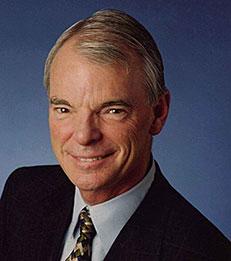Opinion
How to Be an Open Economy
—


One final lesson to bear in mind is that structural change is not just an unfortunate side effect of growth and the creation of new jobs and sectors; rather, it is an integral part of these processes.
By A. Michael Spence
The word “openness” has two related but distinct connotations. It can mean that something is unrestricted, accessible, and possibly vulnerable; or it can mean that something, such as a person or institution, is transparent, as opposed to secretive.
The first meaning is often applied to trade, investment, and technology (though most definitions do not match opportunity with vulnerability), which have always driven structural economic changes, especially with respect to employment. Structural change can be simultaneously beneficial and disruptive. And policymakers have long had to strike a balance between the abstract principle of openness and concrete measures to limit the worst effects of change.
Fortunately, academic research and historical perspective can help policymakers respond to this challenge intelligently. Consider the experience of Northern Europe’s small developed countries, which tend to be open, and for good reason: if they were not, they would have to over-diversify the tradable parts of their economies to meet domestic demand. That would impose high costs, because the small size of the domestic market would prevent them from achieving economies of scale in technology, product development, and manufacturing.
Read the full article as published in Project Syndicate.
__
A. Michael Spence is a William R. Berkley Professor in Economics & Business.
The first meaning is often applied to trade, investment, and technology (though most definitions do not match opportunity with vulnerability), which have always driven structural economic changes, especially with respect to employment. Structural change can be simultaneously beneficial and disruptive. And policymakers have long had to strike a balance between the abstract principle of openness and concrete measures to limit the worst effects of change.
Fortunately, academic research and historical perspective can help policymakers respond to this challenge intelligently. Consider the experience of Northern Europe’s small developed countries, which tend to be open, and for good reason: if they were not, they would have to over-diversify the tradable parts of their economies to meet domestic demand. That would impose high costs, because the small size of the domestic market would prevent them from achieving economies of scale in technology, product development, and manufacturing.
Read the full article as published in Project Syndicate.
__
A. Michael Spence is a William R. Berkley Professor in Economics & Business.
